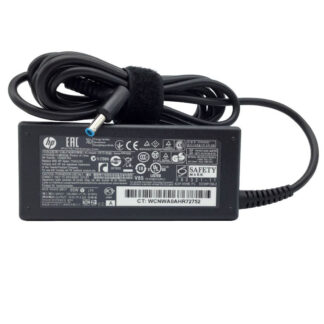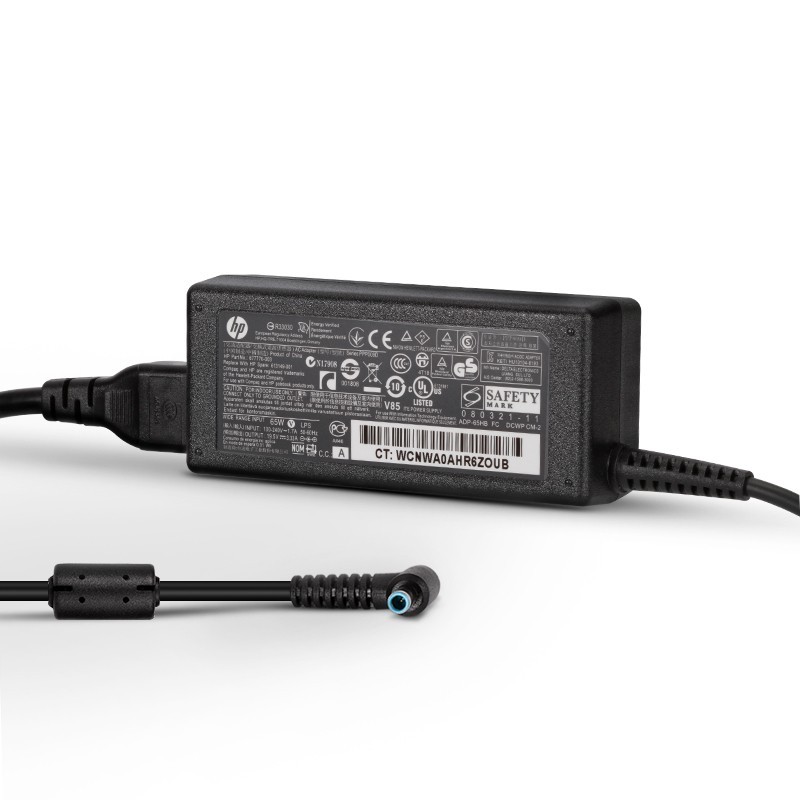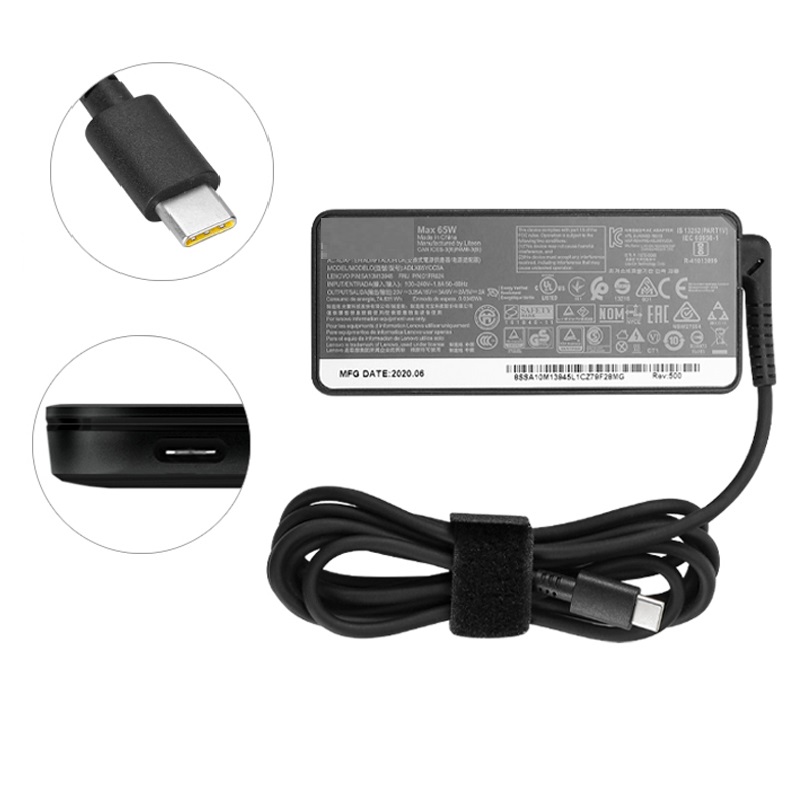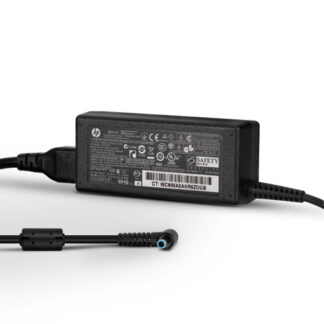If your HP PAVILION-17-G105NK is not charging when plugged in and displays the message “Plugged in, not charging,” there are several potential reasons for this issue. Here are some steps you can take to troubleshoot and potentially resolve the problem:
Ensure that the power adapter is properly connected to both the HP PAVILION-17-G105NK laptop and the power outlet. Check for any damage to the power cable or adapter. If possible, try using a different power outlet.
Inspect the Charging Port:
Examine the charging port on your laptop for any dust, debris, or damage. If there is anything obstructing the connection, it can prevent proper charging. Use compressed air to clean the port gently.
Remove and Reinsert the Battery (If Applicable):
If your laptop has a removable battery, power it off, remove the battery, and then reinsert it. Sometimes, this simple action can resolve charging issues.
Restart the Laptop:
Restart your laptop and check if the issue persists. Sometimes, a simple reboot can resolve software-related issues.
Update Battery Drivers:
Go to “Device Manager” on your laptop, expand the “Batteries” section, and right-click on the Microsoft ACPI-Compliant Control Method Battery. Select “Update driver” and follow the on-screen instructions.
Check Power Settings:
Open “Power & sleep settings” and click on “Additional power settings.” Ensure that your power plan is set to a balanced or high-performance mode. Sometimes, power settings can affect charging behavior.
Perform a Battery Report:
Open a Command Prompt as an administrator and type the following command to generate a battery report:
powercfg /batteryreport
This report provides detailed information about your laptop’s battery health.
Update BIOS/UEFI:
Check if there is a BIOS or UEFI update available for your laptop on the manufacturer’s website. Sometimes, updates address battery-related issues.
Battery Calibration (If Applicable):
Some laptops may benefit from battery calibration. This involves fully charging and then fully discharging the battery. Check your laptop’s manual or the manufacturer’s website for specific instructions on calibrating the battery.
Check for Windows Updates:
Ensure that your operating system is up to date. Sometimes, Windows updates include fixes for hardware-related issues.
If none of these steps resolve the issue, there may be a hardware problem with the battery or the charging circuit. In such cases, it’s recommended to contact the HP support for further assistance or take the laptop to an authorized service center for professional inspection and repair.




